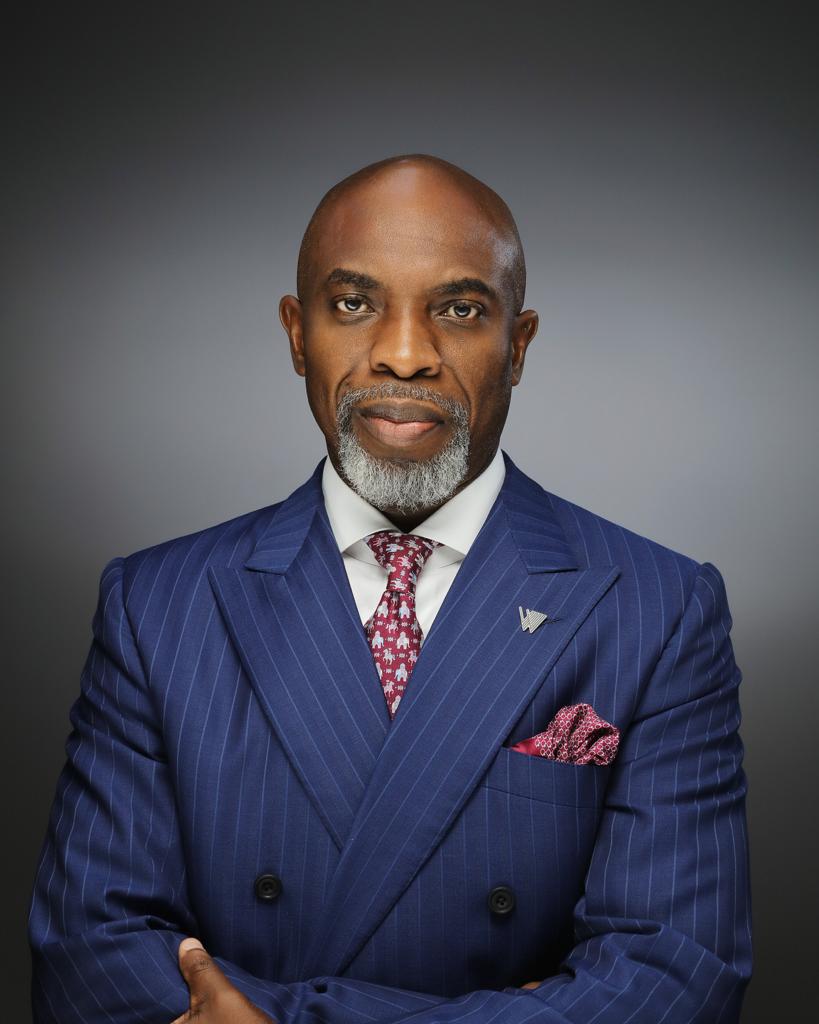By Zion Rufus
Since 2020’s pandemic, a series of challenging and harsh events have followed.
While the world seemed to adjust to the “new normal”, these events which includes extremely challenging near-term outlooks, unprecedented macroeconomic policies, extreme poverty rising by roughly 70 million when the pandemic hit, 4% decline in global median income, rising interest rates and credit spreads, inflationary pressures, risk of recession, and intense currency depreciations amongst others have since shaped the global economy.
“These shockwaves have hit development at a time when many developing countries are also struggling in other areas: governance and rule of law; debt sustainability; climate adaptation and mitigation; and limited fiscal budgets to counteract the severe reversals in development from the COVID-19 pandemic, including in health and education,” World Bank Group President, David Malpass said while speaking on the crisis facing development.
“The human consequence of these overlapping crises is catastrophic. The COVID-19 pandemic – which alone led to over six million deaths – geopolitical conflicts, and extreme weather events have hurt countries and people worldwide, with the poor bearing the brunt, especially women and girls,” Malpass pointed.
According to Malpass, many developing countries have not reached their pre-pandemic per capita income levels; infact, global GDP per capita in 2021 barely exceeded its pre-pandemic level.
The U.S. has experienced contractions in GDP in the first two quarters of 2022; China’s economy has slowed sharply due to COVID-19-related lockdowns; Europe is confronting the sudden spike in energy prices caused by Russia’s invasion of Ukraine and market rigidities; and Sub-Saharan Africa now accounts for 60% of all people in extreme poverty—389 million, more than any other region.
“The macroeconomic challenges facing development are consequential and are probably worsening. I’ll return to that in a moment, but I want to take note that there are many other aspects of the development crisis that also require global efforts,” the President pointed. “These include the devastating flow of arms into Africa, the consequent political fragility, adapting to climate change, mitigating greenhouse gas emissions, the violence and deprivation facing women and girls, and the severe reversals in education, health, and debt sustainability.”
“Looking beyond this sharp cyclical downturn, developing countries face the risk that these trends in advanced economies –inflation, slow growth, lower productivity, the drain on global energy supplies, and higher interest rates – persist beyond 2023. If current fiscal and monetary policies become the new “normal,” it implies heavy absorption of global capital by advanced governments, prolonging the under-investment in developing countries and hampering future growth.”
“We are in the era of a new normal”: New, maybe; Normal, we beg to differ.







Comment
No comments found.